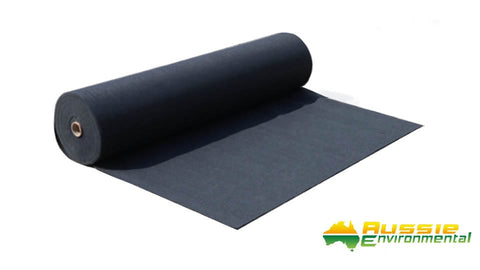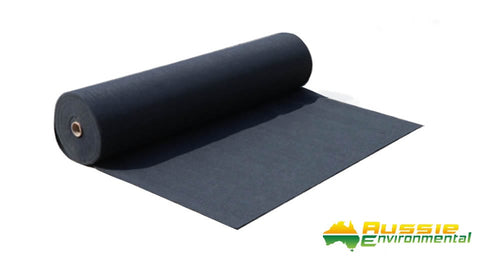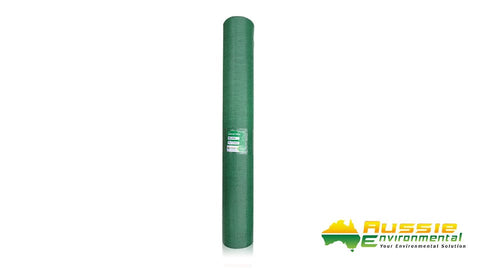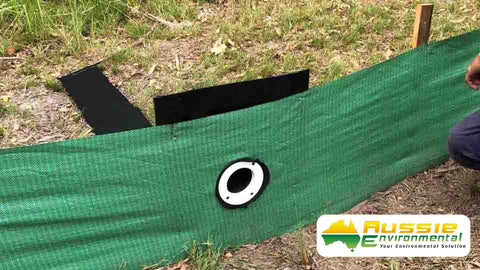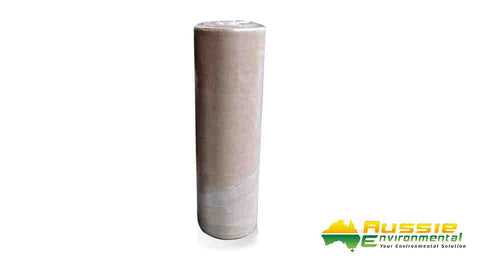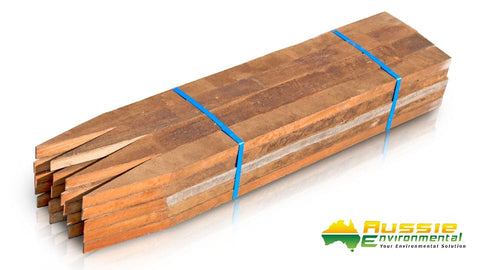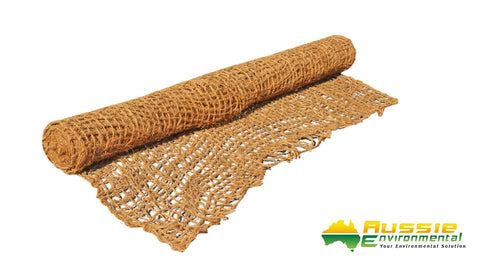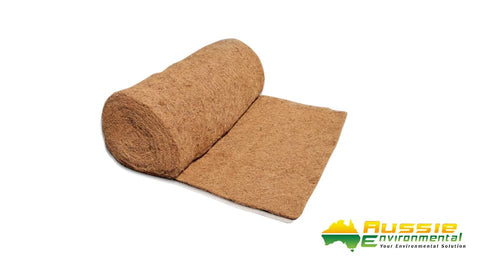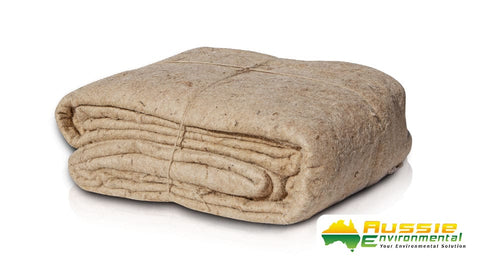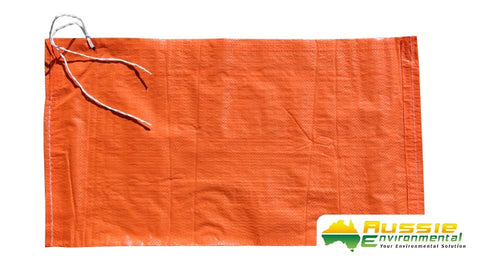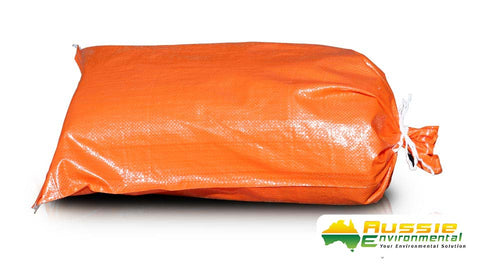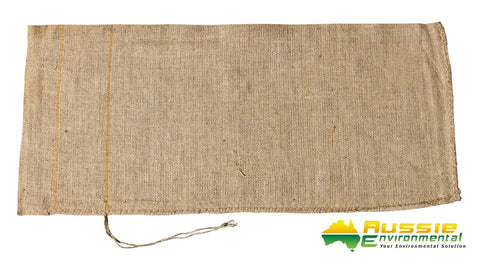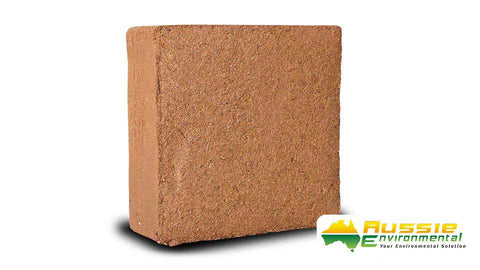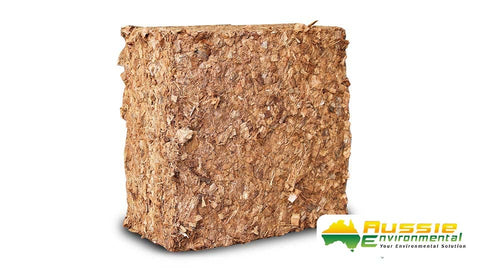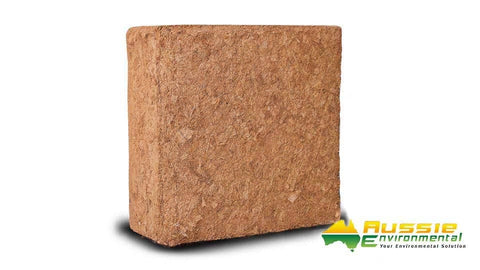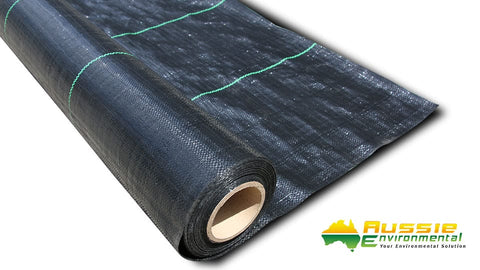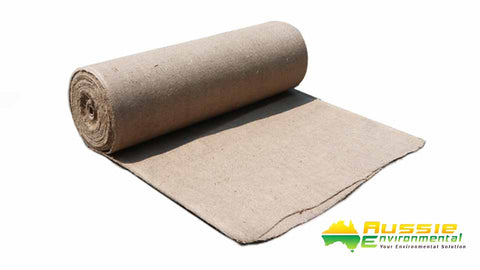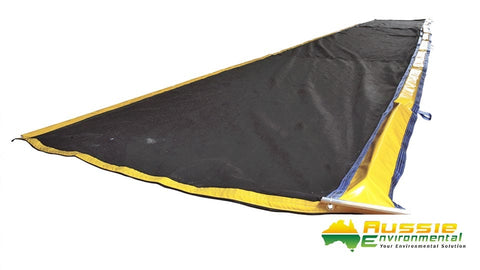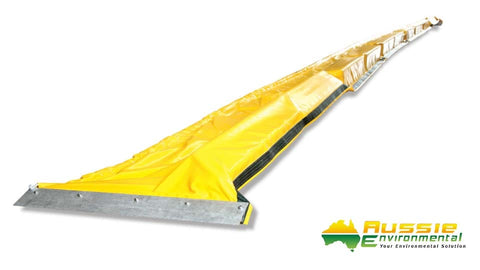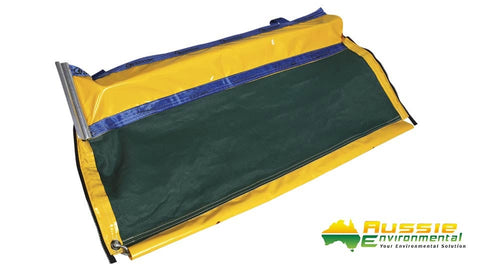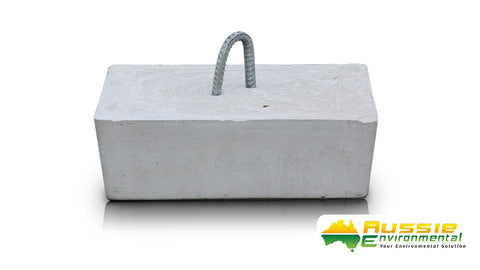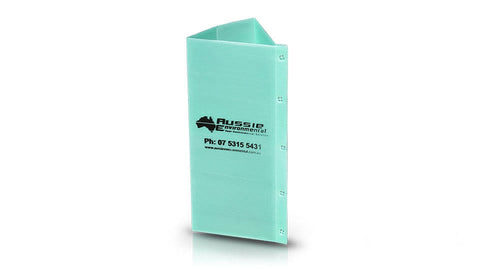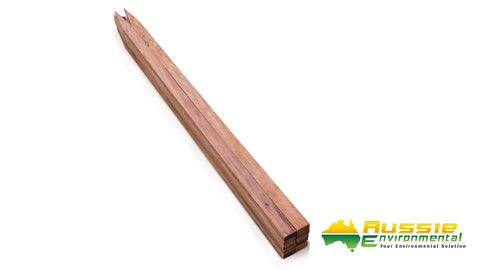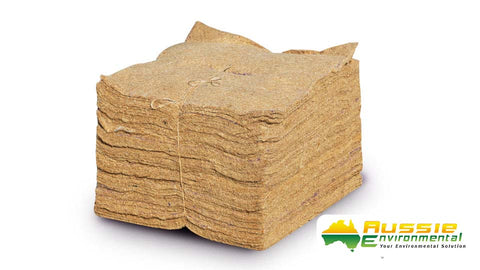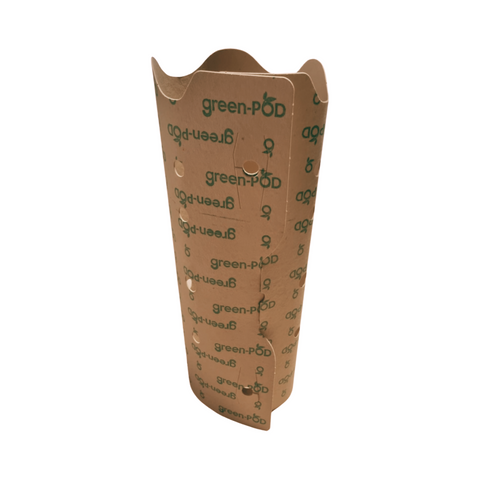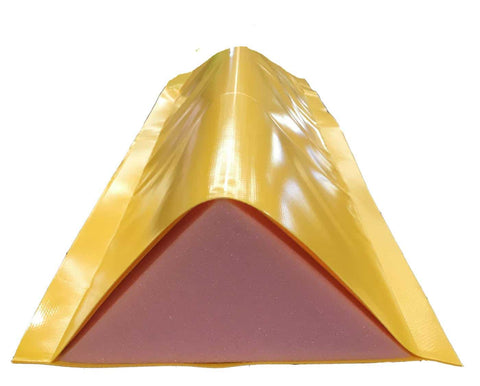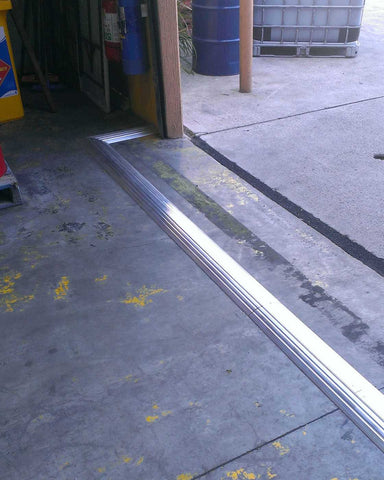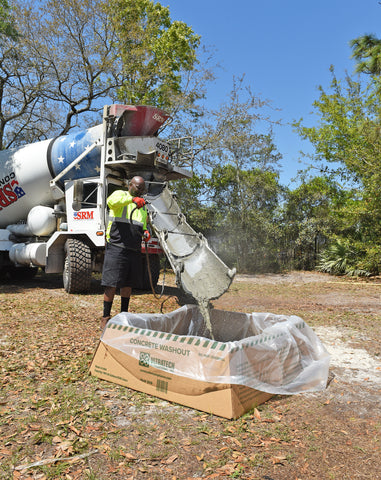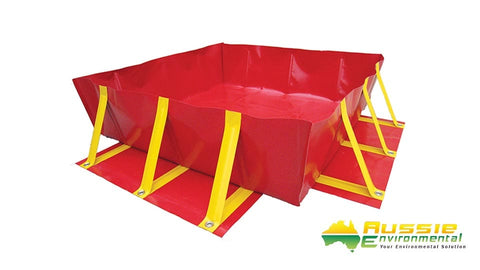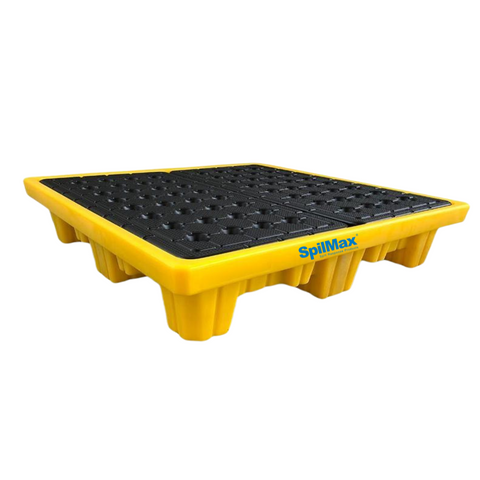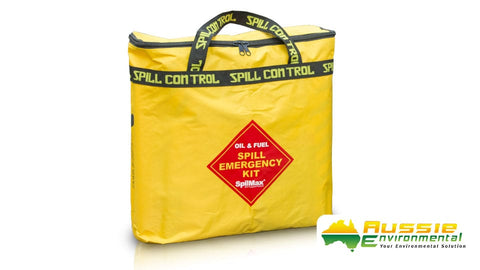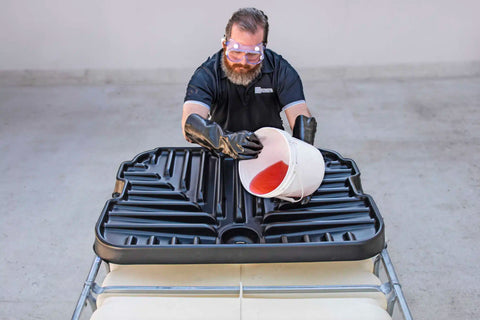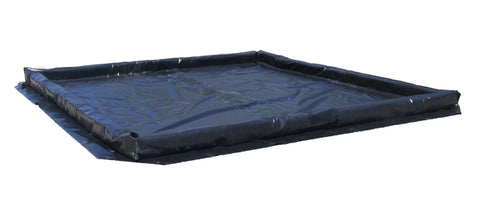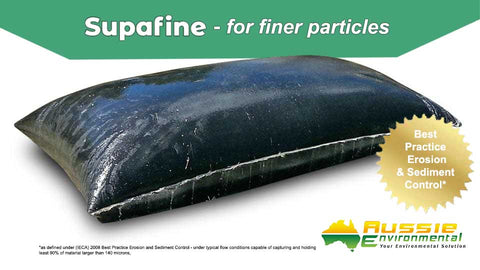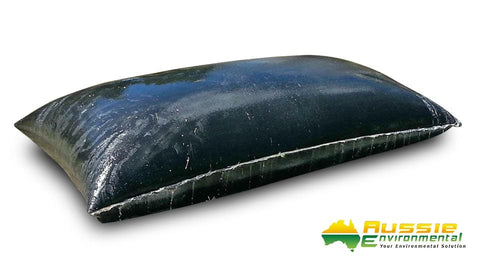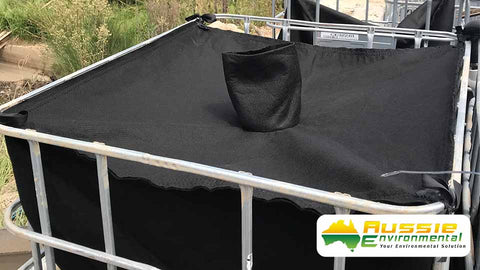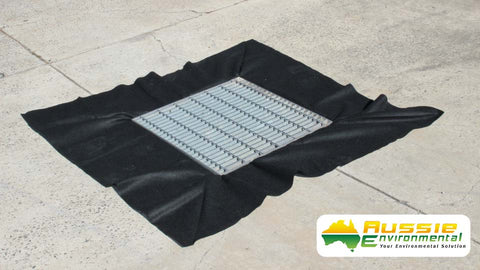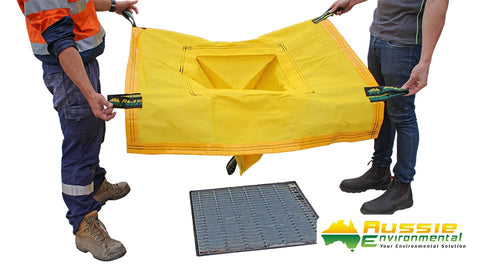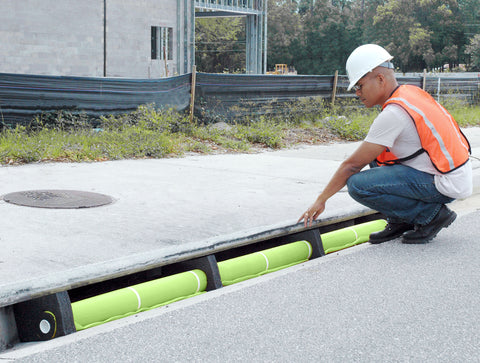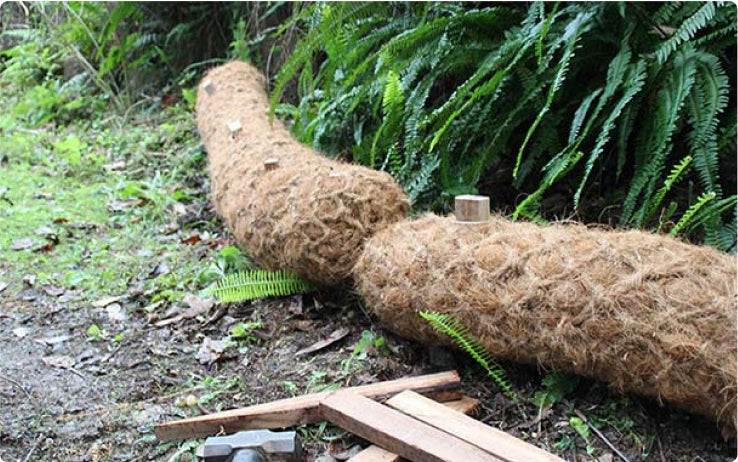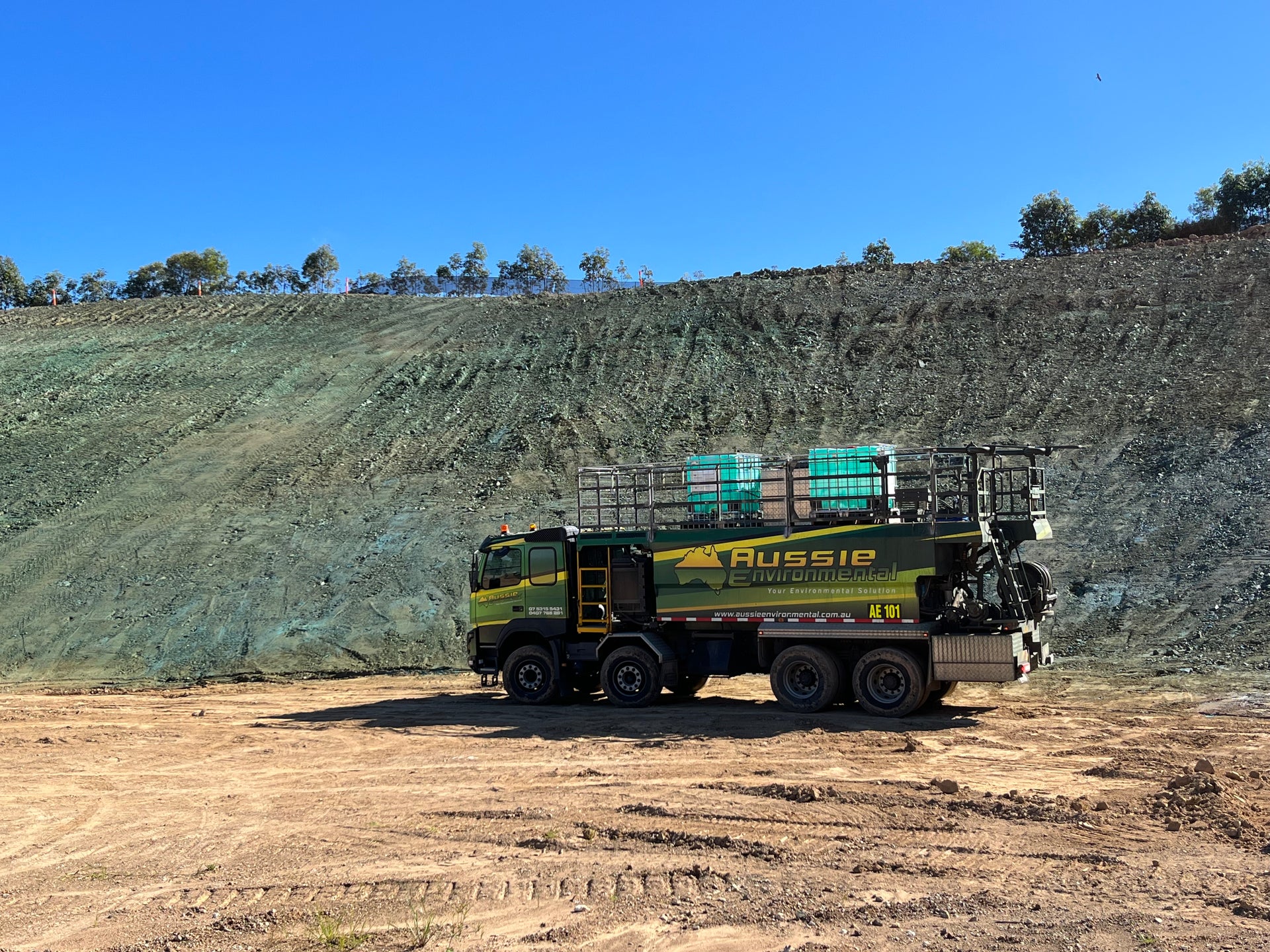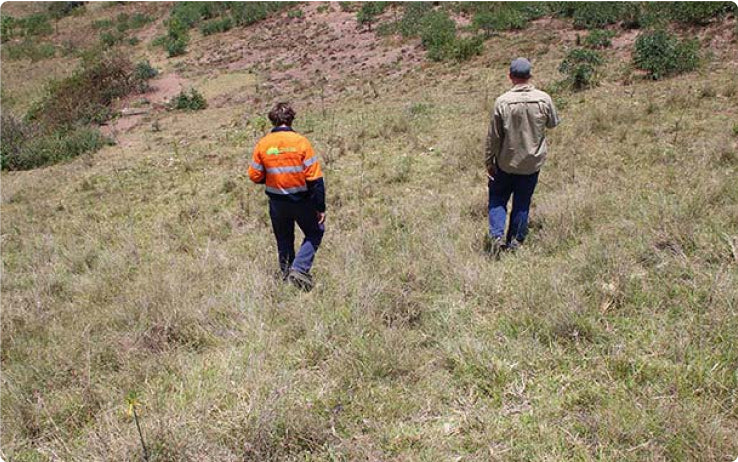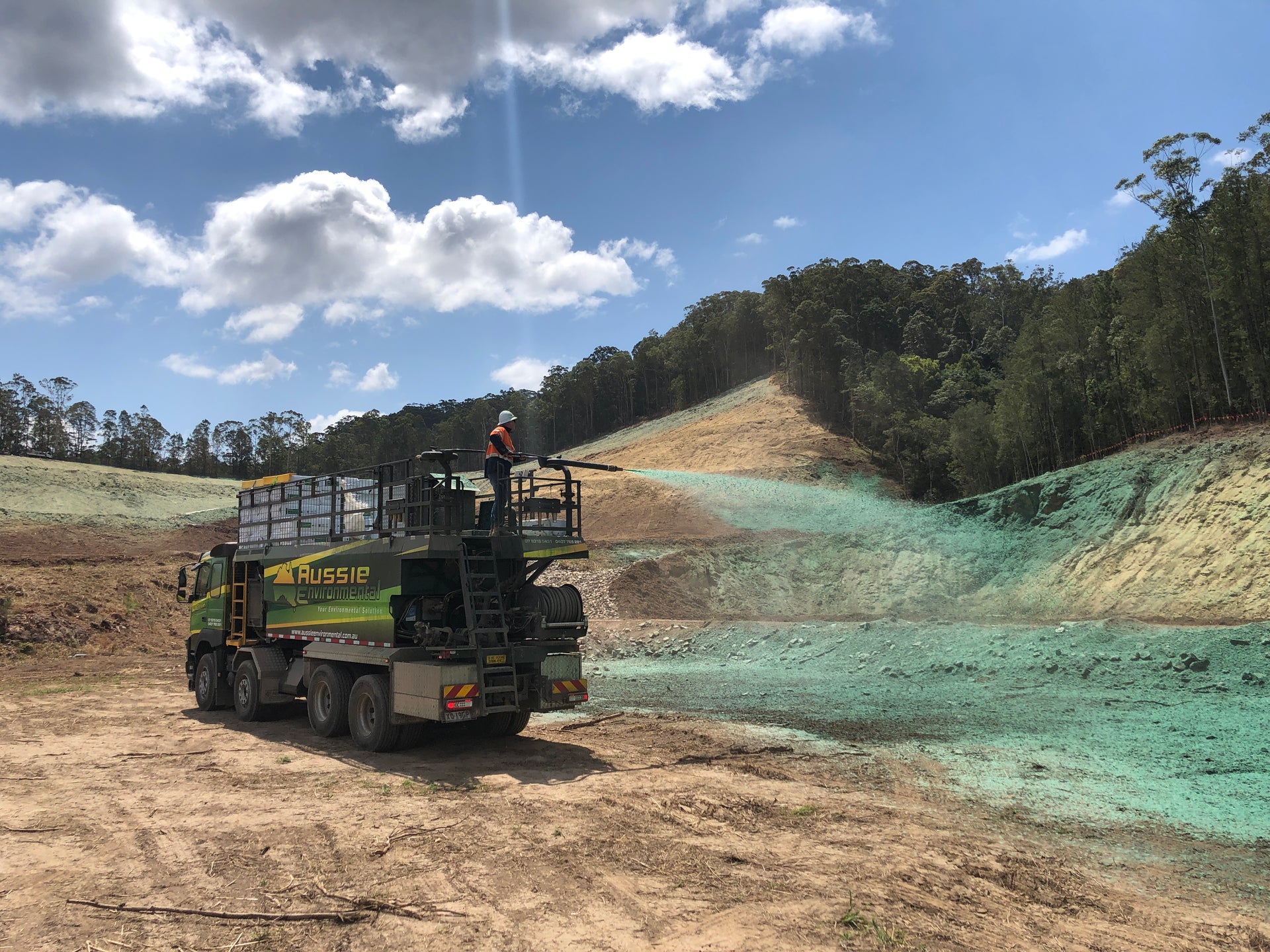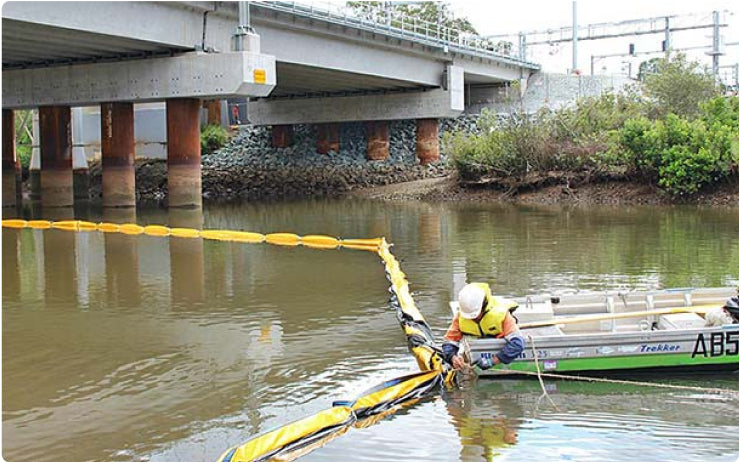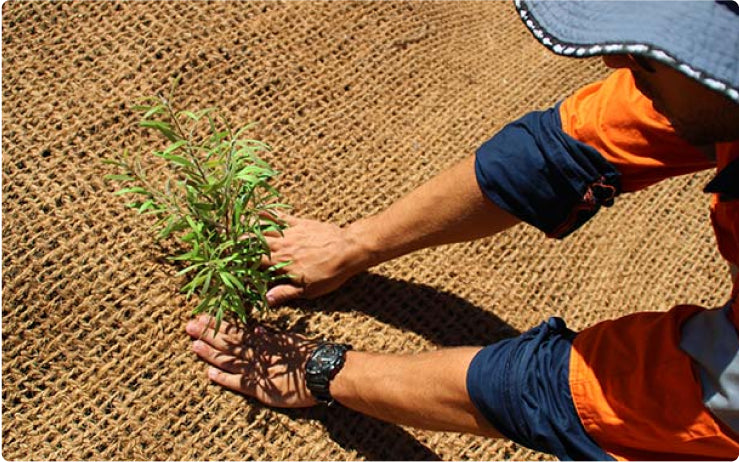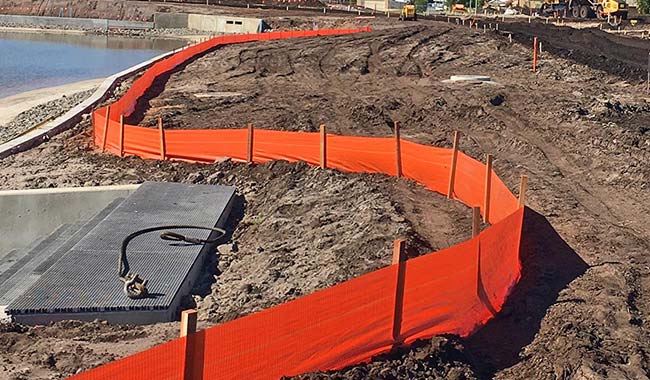Preventing Soil Loss on Site: Erosion Control Strategies for Civil and Commercial Projects

Civil and commercial projects that include extensive development and construction can often be threatened by soil erosion. This can result in local drains becoming clogged, water courses being contaminated, and the land becoming unworkable at times. This will delay development work and may result in fines and other penalties if environmental laws are breached. To avoid this from happening, erosion control strategies need to be followed.
The Cause of Soil Erosion in Civil Projects
Soil erosion results from a number of activities during construction:
- Grading and excavation that break up the natural layers of the ground so that the soil is loose and more easily washed or blown away.
- The movement of heavy machinery that compacts the earth, making it harder for water to soak in, instead creating runoff that takes soil with it.
- The removal of vegetation so that roots no longer bind the soil together.
Bare soil is more easily disturbed by rain and wind and can be changed into a mass of moving mud or dust. Raindrops generally start the process of erosion, and, as the rain continues, it spreads water across the surface and creates clogging mud. Streams eventually cut channels in the soil, gradually widening to form gullies that carry mud into nearby streams and make site drainage more difficult.
Sloping sites are most likely to suffer from severe erosion, and the runoff may carry site debris, oil, and cement into drains. Muddy water causes numerous problems that, due to breaking environmental laws, can result in fines, expensive clean-ups and even work being stopped altogether.
Planning to Prevent Soil Erosion
Before construction begins, you can take steps that will reduce or prevent soil erosion. These include:
- assessing the soil type, rainfall patterns and slope of the site so that the movement of water and soil can be predicted and effective preventative measures can be taken
- retaining as much vegetation as possible since it will naturally slow water flow and hold the soil together
- setting a plan to control erosion that will outline the number and position of drains and barriers, and then ensure the plan is put into effect and monitored so it remains effective
- phasing construction across the site to limit the amount of soil that is exposed at any time, so that the rest is protected
- installing sensors to monitor water and soil movement so that corrective action can be taken quickly if heavy rain causes soil movement.
Erosion Control Methods
Various methods to control soil movement can be used:
- physical barriers such as silt fences or coir logs that stop sediment; these must be maintained regularly to prevent blockages, while rocks, concrete blocks and earth walls can also stop soil erosion
- gravel at site entrances that removes mud from the wheels of vehicles leaving the site
- plenty of grass and other vegetation that binds the soil and prevents erosion; hydroseeding spreads a mixture of seed and nutrients across the soil to promote fast growth
- using mulch such as wood chips or straw to cover bare soil and retain moisture
- installing French drains or other solutions to direct water underground so that runoff is reduced
- creating ditches and diversions so that water is directed away from vulnerable soil.
With a degree of planning, preparation and monitoring, the erosion of soil on civil and commercial projects will be minimised. This will lead to a cleaner site, increased productivity and protection of the environment. For help in doing this, get in touch, and we’ll show you what we at Aussie Environmental can achieve.




